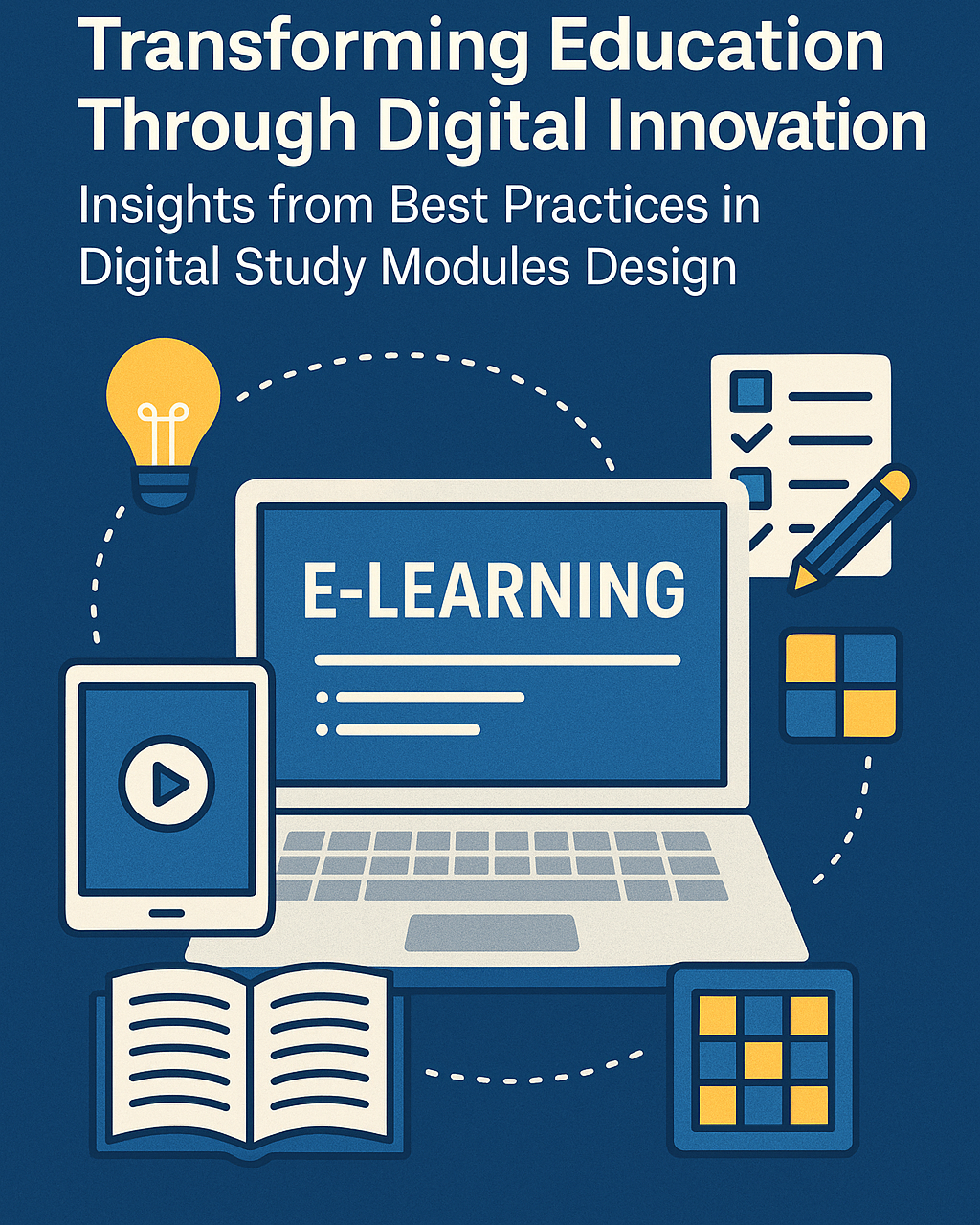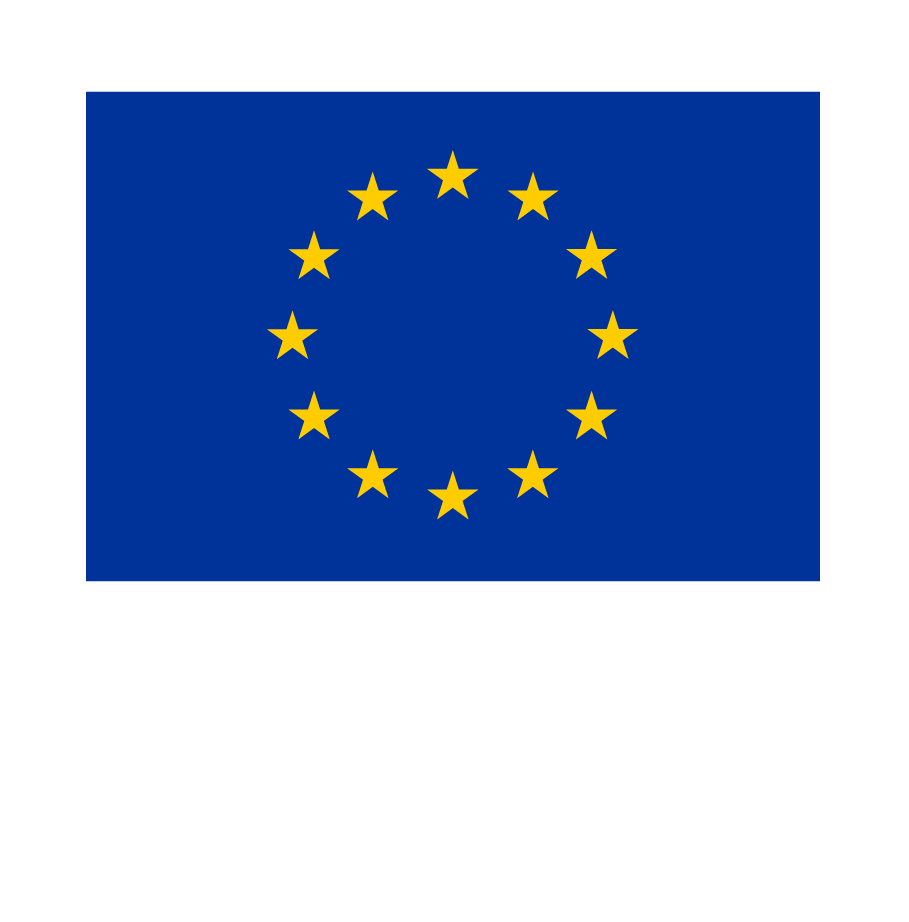The rapid advancements in technology and shifting learner expectations necessitate a transformative approach to education. The integration of digitized study modules represents a strategic response to these changes, offering flexibility, accessibility, and scalability. The National EdTech initiative implemented at Kaunas University of Technology (KTU) served as a prime example of effective practices in designing online courses. This post explores the methodologies, tools, and pedagogical approaches employed in the initiative, providing actionable insights for implementing similar projects in diverse educational contexts.
Methodology
KTU’s approach to developing digital study modules is rooted in a combination of Universal Design for Learning (UDL) principles and modern instructional design methodologies. The process involves:
- Needs Analysis: Surveys and discussions with stakeholders to identify learner requirements and gaps in traditional instructional methods.
- Instructional Design: Development of clear learning objectives, integration of multimedia elements, and incorporation of interactive activities.
- Implementation via Learning Management Systems (LMS): Utilizing platforms such as Moodle to create a user-friendly, scalable, and engaging digital learning environment.
Key Components of Best Practices
- Flexible and Inclusive Content: Modules incorporate various formats, including videos, text, quizzes, and simulations, catering to diverse learning styles.
- Collaborative and Problem-Based Learning: Activities like case studies and group projects encourage active learner engagement and knowledge application.
- Regular Feedback Mechanisms: Automated quizzes and peer-reviewed assignments enable continuous performance evaluation and improvement.
- Scalability and Accessibility: Digital modules are designed to accommodate a broad audience, including remote and non-traditional learners.
Results and Impact
KTU’s EdTech initiative demonstrates significant benefits, including improved learner engagement, enhanced accessibility, and the ability to scale quality education to diverse audiences. The incorporation of UDL principles ensures that materials are inclusive, addressing barriers faced by students with disabilities. Additionally, the integration of LMS analytics allows for data-driven refinements, ensuring the content remains relevant and effective.
Creation of a Moodle Course Template for micro-modules
Based on the best practices from the EdTech initiative at Kaunas University of Technology (KTU), a Moodle course template was developed specifically for micro-modules, which successfully met the expectations of both instructors and learners.
For teachers, the template provided a structured, user-friendly framework for organizing and delivering course content in a consistent and efficient manner. It included instruction for multimedia integration, assessment options, and communication features, allowing instructors to focus more on the pedagogical content rather than the technical aspects of course creation.
From the learners’ perspective, the Moodle template offered an intuitive and accessible interface, making it easy to navigate through course materials. With access to videos, texts, quizzes, and discussion forums, students were able to engage with the content at their own pace. Additionally, the template incorporated tools that encourage active participation, such as instant feedback mechanisms, which are key to building a dynamic learning community. The feedback from learners on the micro-modules, their structure and the sequence of activities was also very positive.
Overall, the Moodle course template was highly effective and significantly enhanced the experience for both instructors and students. Its adoption contributed to the smooth implementation of the micro modules and enabled KTU to offer high-quality, flexible education to a diverse student body. This tool not only saved instructors time but also ensured that students could focus on meaningful learning experiences.
Discussion
The success of digitized learning modules hinges on thoughtful design and stakeholder engagement. While the KTU model showcases best practices, adapting these to different institutional and cultural contexts may present challenges. Future initiatives should focus on:
- Continuous Feedback Loops: Regularly updating content based on learner feedback and performance metrics.
- Technological Advancements: Integrating AI-driven tools for personalized learning paths.
- Cross-Institutional Collaboration: Sharing resources and best practices to create a cohesive framework for digital education transformation.
Conclusion
The KTU EdTech best practices highlight the potential of digital learning modules to transform higher education. By aligning instructional design with UDL principles and leveraging advanced technologies, educational institutions can provide accessible, engaging, and effective learning experiences. The adoption of such practices is not merely a response to technological trends but a commitment to creating a future-ready, inclusive educational environment.


